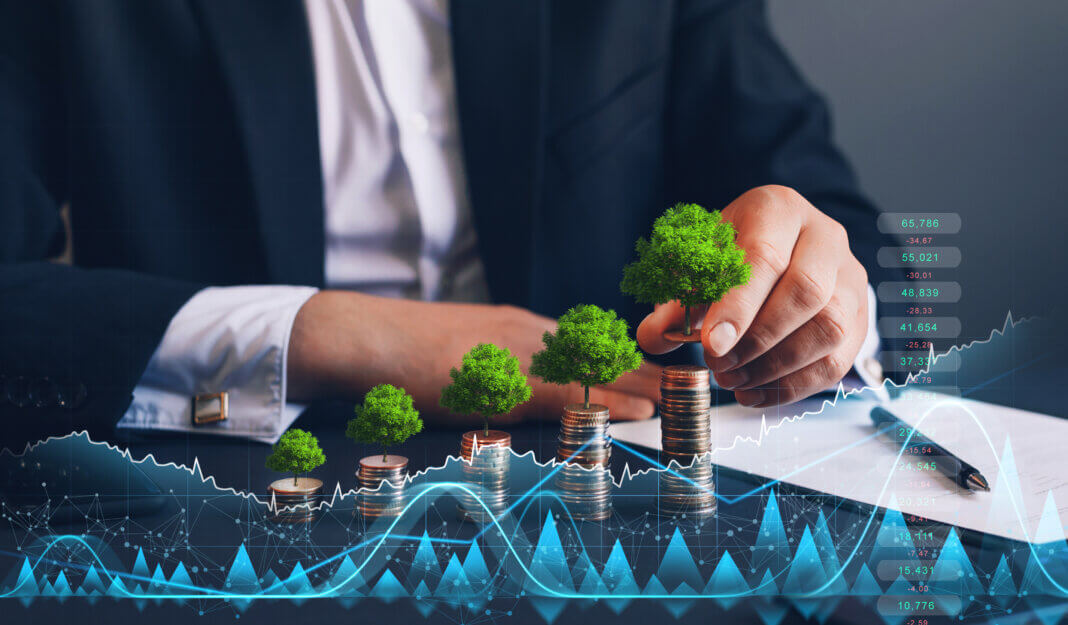How Banks Can Promote a More Sustainable Future
As the world grapples with environmental challenges such as climate change, banks play a decisive role in promoting sustainability. Here are five ways they can maximize their abilities to create a greener future.
Develop and Promote Green Financial Products
Green financial products are designed to encourage investments in environmentally responsible projects and sustainable practices. By expanding these offerings, banks can make sustainability more accessible and appealing to customers.
One standard product is green loans and mortgages. These loans often offer lower interest rates or favorable terms for customers who wish to invest in renewable energy systems, such as solar panels, enhance home energy efficiency, or purchase eco-friendly vehicles.
Another vital tool is sustainable investment funds. These funds focus on companies with strong environmental, social, and governance (ESG) criteria. ESG funds have experienced rapid growth as more investors seek to support businesses with a positive environmental impact.
Additionally, green bonds are debt securities issued to finance projects that benefit the environment, such as clean energy projects, sustainable water management initiatives, and pollution control measures.
Implement Eco-Friendly Operational Initiatives
Banks can lead by example by adopting sustainable practices within their operations. Aside from benefiting the planet, a reduced environmental footprint generates cost savings and improves brand reputation.
One practical step is to reduce paper usage. Many banks still rely on printed documents, which contribute to deforestation and waste. Switching to digital statements, contracts, and receipts can significantly cut paper consumption.
Another key initiative is investing in energy-efficient buildings. Banks can retrofit offices with LED lighting, smart thermostats, and eco-friendly heating, ventilation, and air conditioning (HVAC) systems. The U.S. Green Building Council’s Leadership in Energy and Environmental Design (LEED) certification offers guidance on making structures more sustainable.
Banks should also practice sustainable procurement by sourcing office supplies, furniture, and technology from environmentally responsible vendors. The Federal Acquisition Regulation (FAR) advises federal agencies to prioritize sustainable products, a best practice that banks can emulate.
Support Local Environmental and Social Initiatives
Banks have a unique opportunity to engage with their communities and promote sustainability beyond their walls. Supporting local environmental and social programs can strengthen community ties and create shared value. These institutions can fund community green projects such as urban gardens, tree planting, or renewable energy installations.
Offering financial education focused on sustainability is another valuable approach. Workshops and online resources that teach customers about sustainable investing, energy-efficient home improvements, and responsible consumption help build long-term awareness. Financial literacy is also crucial for making informed decisions.
Finally, banks can promote employee volunteer programs that encourage staff to participate in environmental causes. This fosters a culture of sustainability within the organization and strengthens community involvement.
In addition to community outreach, banks help build public trust by providing secure and reliable financial tools. For instance, funds held in checking accounts at institutions insured by the Federal Deposit Insurance Corp. (FDIC) are protected up to $250,000 per depositor.
This layer of protection safeguards individuals’ money and encourages broader participation in the formal banking system — a critical step toward financial inclusion and long-term sustainable development.
Integrate Sustainability Into Risk Management and Lending Policies
Banks influence economic activities through their lending and investment decisions. By integrating sustainability into risk management, they can mitigate environmental risks and direct capital toward more sustainable projects.
The increasing integration of advanced technologies, such as artificial intelligence (AI), is crucial in this shift. The AI market within banking is projected to expand from $3.88 billion in 2020 to over $64 billion by 2030, reflecting banks’ growing commitment to leveraging AI tools, such as machine learning and natural language processing.
These technologies enhance financial institutions’ ability to accurately assess environmental risks, detect fraudulent activities more efficiently, and develop sustainable financial products that align with climate goals.
One crucial step is to incorporate environmental risk assessments in lending decisions. This involves evaluating projects for potential environmental harm, such as pollution, resource depletion, or vulnerability to climate change. Financial regulators, such as the Federal Reserve, are increasingly recognizing climate risks as significant factors affecting economic stability.
Some banks are restricting financing for industries such as coal mining and fossil fuel extraction that are considered harmful. By limiting support to high-pollution sectors, financial institutions encourage a shift toward cleaner alternatives. They can also offer better loan terms to companies with strong sustainability performance, creating incentives for improved environmental practices.
Increase Transparency and Reporting on Sustainability Goals
Transparency and accountability are essential for establishing trust among customers, investors, and the broader public. A common best practice is to publish sustainability reports that detail environmental impacts, initiatives, and goals. The Global Reporting Initiative (GRI) offers frameworks that enable organizations to communicate their sustainability performance effectively.
Setting measurable sustainability goals — such as reducing greenhouse gas emissions or increasing the share of green loans — helps track progress and ensures accountability. Engaging stakeholders through regular communication also ensures ongoing dialogue with customers, employees, investors, and the broader community. This collaborative approach fosters shared commitment and continuous improvement.
Banks as Catalysts for a Sustainable Future
Banks can play a decisive role in addressing environmental challenges and promoting sustainability. They can drive meaningful change by developing green financial products, adopting eco-friendly operations, supporting local initiatives, integrating sustainability into their lending practices, and enhancing transparency.
These efforts help protect the planet and position banks to thrive in a future where sustainability is essential to business success. As sustainability becomes imperative worldwide, banks must embrace their role as leaders and catalysts for a greener economy.
